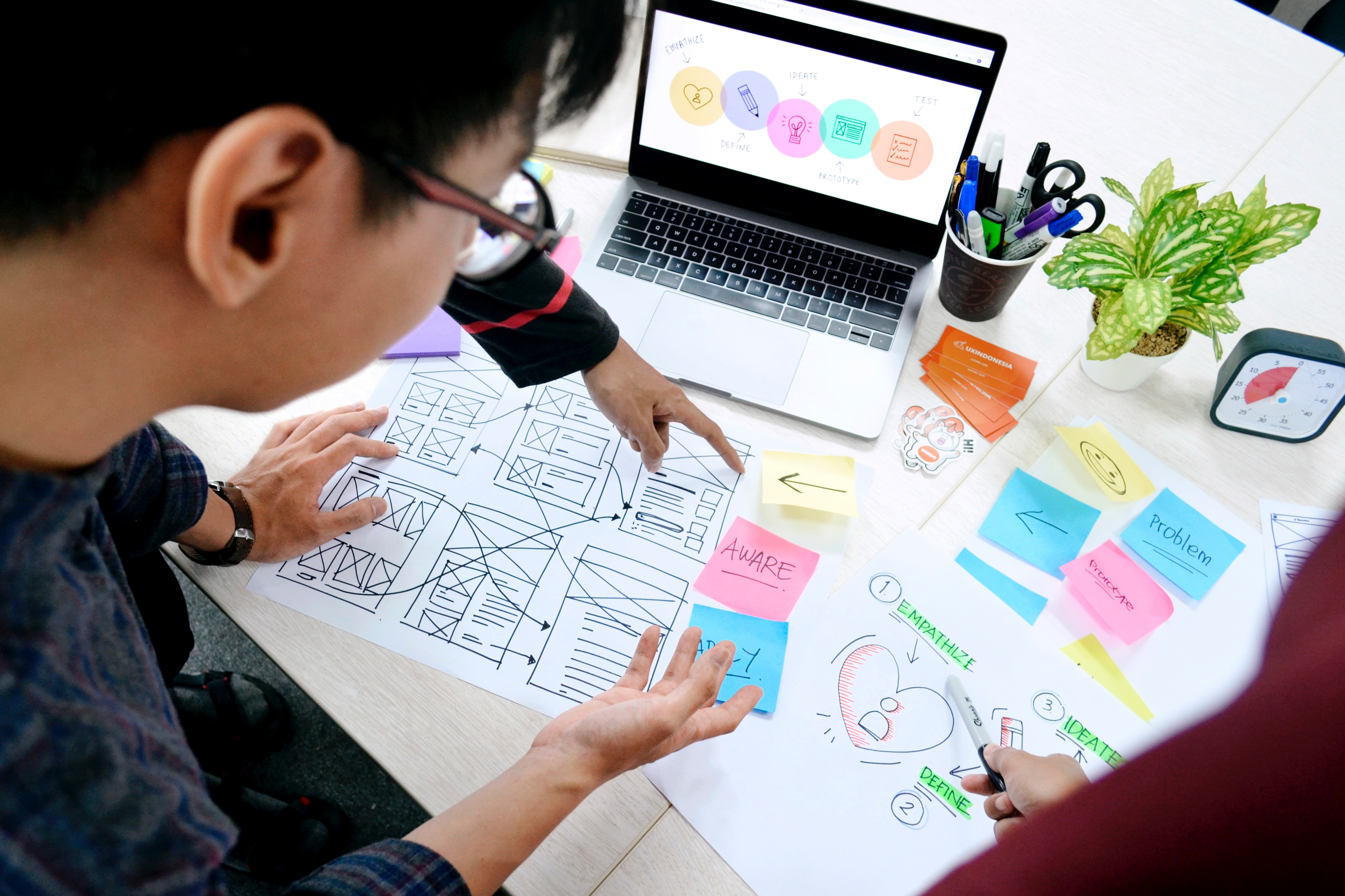The Power of Case Studies in UX Design: A Practical Analysis
 Abdulhakeem Muhammed
Abdulhakeem Muhammed
Introduction
In the dynamic world of User Experience (UX) design, where creativity meets functionality, case studies play a pivotal role in shaping innovative solutions. They provide a roadmap for understanding user needs, pain points, and preferences, ultimately leading to user-centric designs.
In this article, we'll delve into the benefits of case studies through a practical analysis of a UX case study titled "Redesigning the New York Times app."
Imagine you're tasked with improving an existing product or creating a new one. How do you ensure your design aligns with user expectations? This is where case studies come into play. They offer a structured approach to problem-solving and designing with the end user in mind.
Practical Analysis: "Redesigning the New York Times app"
In the case study, a team embarked on redesigning The New York Times app to enhance user engagement and loyalty. They identified several issues, including coverage gaps, life-changing events, lack of usage, and irrelevant content. To address these challenges, they proposed a feature called "Timely" to provide users with personalized news notifications at opportune moments during their daily routines.
Three Key Takeaways:
User-Centered Research and Ideation:
The team prioritized understanding their target audience through interviews and research. This aligns with the design thinking process's "Empathize" and "Ideate" stages, emphasizing the importance of empathy and brainstorming in generating creative solutions. By talking to potential users, they gained insights into user needs and preferences, a fundamental step in UX design.
Iterative Design and Validation:
The case study showcased the iterative nature of UX design. The initial design proposal was adapted based on feedback and validation from stakeholders. This iterative approach aligns with the "Prototype" and "Test" stages of design thinking, where continuous refinement and user testing are crucial. It's a reminder that perfection is achieved through iterations and user feedback.
Seamless Integration with User's Lifestyle:
The case study emphasized the concept of integrating the news app seamlessly into the user's daily routine. They offered manual and automatic modes to cater to users' preferences and schedules.
This approach aligns with the design thinking principle of creating solutions that naturally fit into the user's life. It's about addressing user pain points, such as time management, and providing content when it matters most.
Conclusion
Case studies are invaluable tools in the UX designer's toolkit. They offer practical insights into real-world challenges and solutions. Through the analysis of "Redesigning the New York Times app," we've seen how case studies help us empathize with users, iterate designs based on feedback, and seamlessly integrate solutions into users' lives.
In your UX design journey, remember that case studies are not just stories; they are roadmaps to success. They guide you in creating user-centric designs that resonate with your audience. So, embrace the power of case studies, and let them lead you on a path to exceptional UX design. Now, armed with this knowledge, you're ready to embark on your own UX design adventures. Happy designing!
Love my articles and would like to see more of them. Why not like, comment, and smash the follow button now! It will be worth it, trust me!
Subscribe to my newsletter
Read articles from Abdulhakeem Muhammed directly inside your inbox. Subscribe to the newsletter, and don't miss out.
Written by

Abdulhakeem Muhammed
Abdulhakeem Muhammed
As an empathetic and user-focused UX designer, I am deeply committed to helping established businesses and start-up brands address critical real-world challenges and social issues. With a passion for creating minimalistic, accessible, and user-centric mobile app and web designs, I strive to deliver outstanding usability and seamless user experiences. As a skilled Graphics Designer, I excel in helping business brands effectively communicate their unique business goals, products, and services through visually captivating graphic visuals. With a keen eye for aesthetics, I work diligently to ensure that the design elements align harmoniously with the brand's identity, delivering visually appealing and impactful results. Drawing on my academic background in Agricultural Economics, I bring a holistic perspective to my design approach. Leveraging my two years of experience, I specialize in crafting responsive and adaptive mobile apps and websites. By integrating quantitative and qualitative user research findings, I ensure that the design elements are tailored to meet the needs and preferences of the target audience. My design process encompasses a wide range of industry-standard software, including Figma, Adobe XD, Whimsical, Photoshop, Adobe Illustrator, and Canva. With a deft touch, I utilize these tools to create visually stunning and functional designs that resonate with users and elevate the overall brand experience. I am dedicated to delivering high-quality design solutions that not only meet but exceed client expectations. By staying abreast of industry trends and best practices, I continually refine my skills and strive for excellence in every project I undertake. If you are seeking a professional and versatile UX and Graphics Designer who can bring your brand's vision to life with creativity, usability, and aesthetic finesse, I am here to collaborate and make your design aspirations a reality.